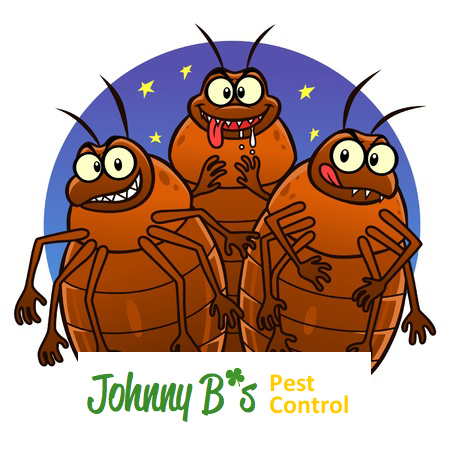Insects are easy to dislike as they are creepy looking and many of them either bite or sting. Of course most insect species are essential for maintaining a properly functioning ecosystem, but that is probably the only favorable aspect of insect life as far as most people are concerned. However, learning more about insects will most likely lead to a fascination with certain insect species. There are massive amounts of different insect species that are existing on the planet today, and not a single species can be dismissed as uninteresting. Insects allow for the continued existence of life on this planet, humans cannot make this same claim about themselves. This fact alone makes hating insects a bit difficult. Insects have also inspired artists, scientists and engineers. When it comes to design, whether it be artistic design or practical engineering design, insects have proven to be a handy resource. For example, cutting edge technology is often developed by engineers who use insects as a reference. One modern example involves robotics. The physical attributes of cockroaches, termites, bees, flies and arachnids have been used as models for the development of the most advanced robots that have ever existed. Of course, there is also art. Many artists have mimicked the designs made by insects in the natural world. Insects have also provided humans with numerous materials. Spider silk, for example, is the strongest material in the entire world. Military engineers are developing bulletproof jackets that are lightweight and allow for easy maneuverability. These jackets are being made from spider silk. Spider are arachnids, not insects, but you get the point. The relationship between humans and insects is not always appreciated and often overlooked. This is why an installation showcasing the long history between humans and insects is opening at the University of California at Davis Museum of Design. The exhibit is called “It’s Bugged: Insects’ Role in Design”, and it will feature two aspects of the relationship between insects and humans. The first aspect involves the influence that insects have had on various types of designers, such as engineers, architects and artists. The second aspect of the exhibit will delve into the collaboration between humans and insects as producers of raw materials. These materials include harvested silk and red dye made from cochineals. Anyone who views the content at the show will surely agree that the exhibit was an eye opening experience. visitors will leave the exhibit with a newfound appreciation for insects.
Would you be willing to attend an exhibit showcasing how insects have contributed to natural and human designs?

